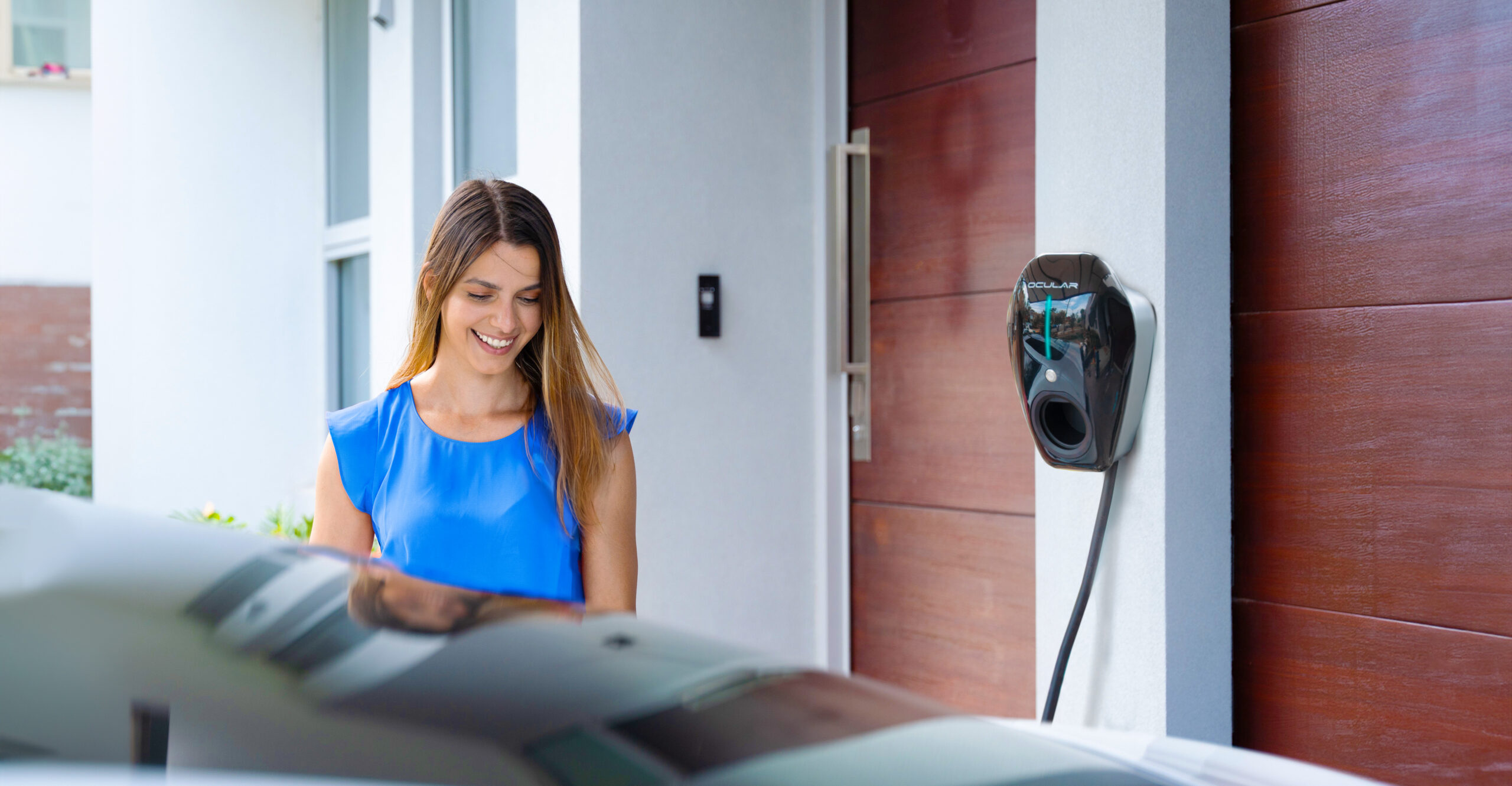Getting a Home EV Charger as a Renter: What Are Your Options?

Charging an electric vehicle (EV) as a renter can be challenging, especially since you typically don’t have the option to install a permanent charging station. EVSE offers solutions to make EV ownership more accessible for renters.
The simplest and most affordable approach is to use a standard household outlet, referred to as Level 1 charging. This method involves plugging your EV’s charging cable into a regular Australian household outlet. However, it is relatively slow – typically adding only 8-10 km of range per hour. As a result, you’ll likely need to charge overnight or for extended periods to achieve a full battery. This may not be ideal if you frequently travel for work or take extended road trips. Portable chargers are particularly beneficial for renters as they require no installation, offering flexibility and convenience.
For renters looking for a more robust solution, it’s worth discussing with your landlord or property manager the possibility of installing a Level 2 charging station. While permanent installations may not always be feasible, some landlords are open to collaboration, especially if you offer to cover the costs. Additionally, there may be incentives or subsidies available to offset the installation expenses. A home EV charger enables you to fully charge your vehicle overnight.
Modern apartment complexes are increasingly offering shared EV charging stations as part of their amenities. If your building provides this, it could be a convenient option, although availability may be limited due to shared use.
Like refueling a petrol car, about 50% of EV owners will need to rely on public charging stations regularly. Fortunately, the growing network of charging infrastructure, including fast chargers, is making this easier. We recommend downloading apps like PlugShare or Exploren to locate nearby stations. Whenever possible, opt for DC fast chargers (Level 3 chargers), which can recharge your EV in as little as 10 minutes to an hour, offering freedom and flexibility.
Another excellent option is workplace charging. If your workplace offers EV charging, it can supplement your home charging needs. Many companies are installing on-site charging stations to encourage employees to adopt electric vehicles. This option allows you to recharge during the workday, reducing your reliance on home charging.
While charging as a renter has its challenge, it is entirely achievable with the right approach. From using standard household outlets to leveraging public or workplace charging, there are multiple ways to keep your EV charged. As electric vehicles become more popular, it’s likely that rental properties will adapt by incorporating changing infrastructure as a standard amenity, and public charging options will continue to expand.
At EVSE, we supply and install EV chargers for homes, workplaces, and public spaces. We provide expert advice and recommendations to everyday Australians and companies, big and small, to help them access the fastest and most cost-effective charging solutions.


